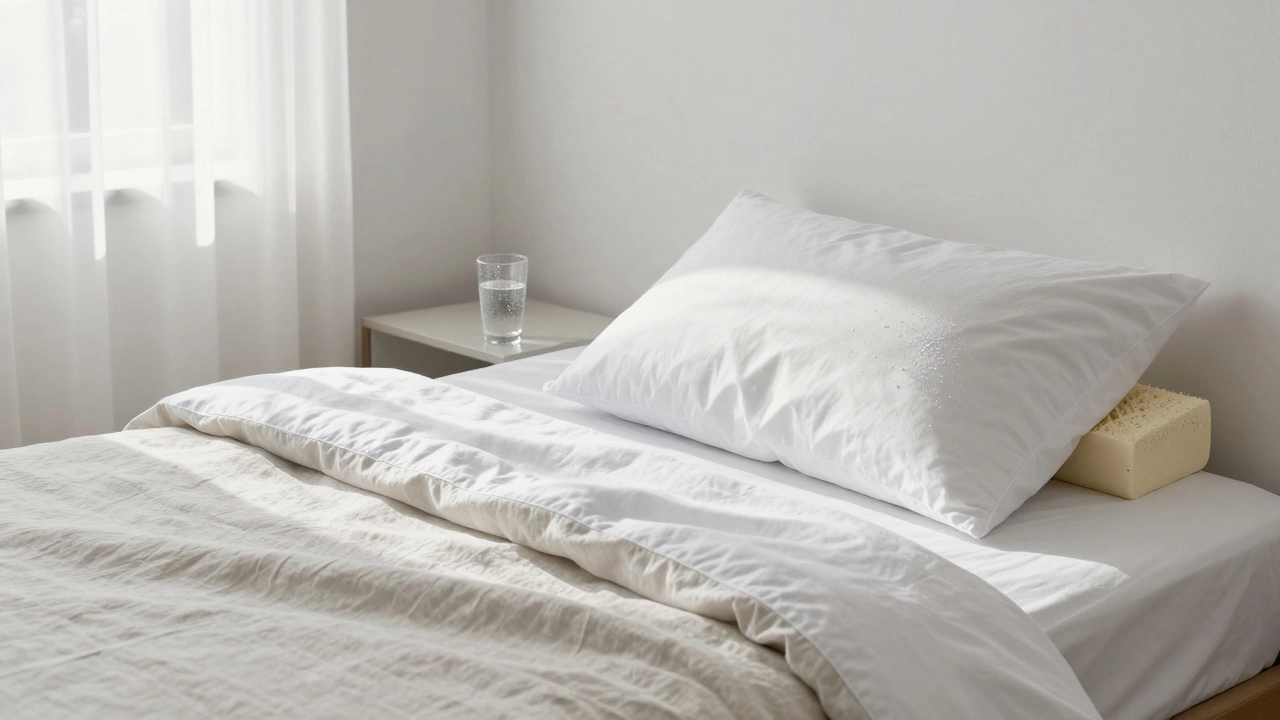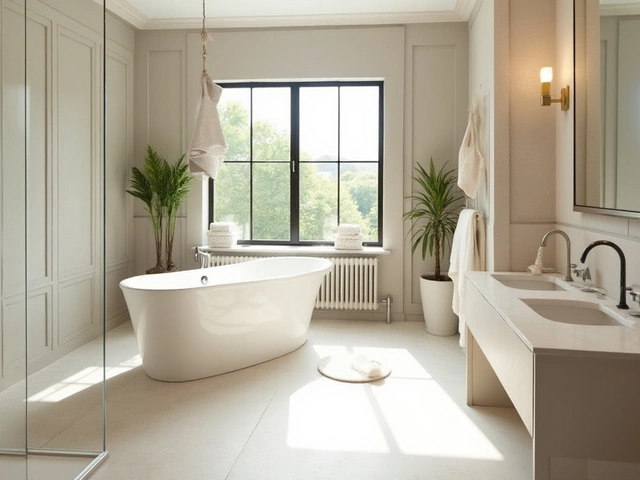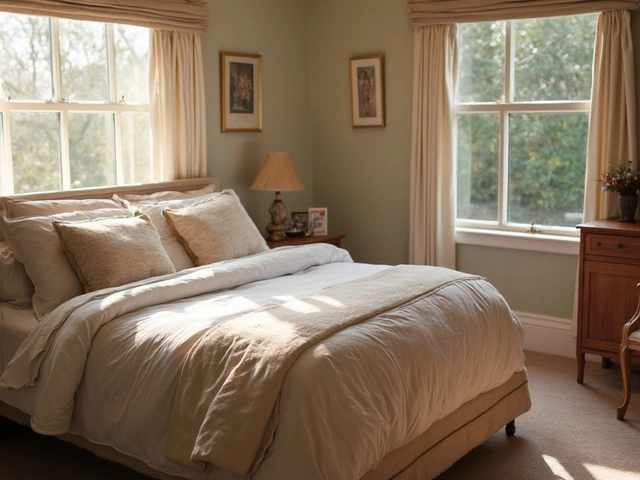Sleep Quality Tips: Boost Rest with Simple Home Changes
Ever wake up feeling like you barely slept? The culprit is often something you can fix at home. Small tweaks to lighting, bedding, and even window treatments can make a big difference in how well you rest.
Lighting that Helps You Drift Off
Bright lights tell your brain it’s daytime. Switch to warm, dimmable lamps in the evening and keep LED screens out of the bedroom. A bedside lamp with a soft glow creates a cue for your body to start winding down. If you need a night light, choose a red or amber hue – it’s less likely to disturb melatonin production.
Bedding Basics for Better Sleep
Sheets and blankets matter more than you think. Natural fabrics like cotton or linen breathe better, keeping you cool through the night. When you shop for a new duvet, look for a fill power that matches the season – lighter for summer, heavier for winter. And don’t forget to size your sheets correctly; a tight fit prevents bunching that can pull you out of deep sleep.
Adjustable beds aren’t just a luxury. They let you raise your head or legs, which can ease breathing and reduce back pain. Many doctors recommend a slight incline if you snore or experience reflux. Even a modest tilt can improve circulation and make it easier to fall asleep.
Curtains play a silent role too. Blackout curtains block street lights and early morning sun, creating a dark environment that supports melatonin release. If you prefer a softer look, go for light‑blocking layers plus a decorative sheer on top – you still get the darkness without a bunker feel.
Keep the bedroom tidy. Clutter can raise stress levels and keep your mind racing. Use simple storage solutions like under‑bed boxes or wall‑mounted shelves to clear floor space. A clean room signals calm, making it easier to relax.
Finally, establish a routine. Dim the lights, change into comfortable sleepwear, and do a quick stretch or breathing exercise. Consistency trains your body to recognize bedtime cues, so you’ll drift off faster over time.
Try one or two of these changes tonight and notice how you feel in the morning. Small steps add up, and a better‑designed bedroom can turn restless nights into refreshing sleep.

What Is the Best Bedding Choice for Better Sleep and Comfort?
The best bedding choice depends on your sleep style, climate, and skin sensitivity. Learn which materials-cotton, linen, bamboo-actually improve sleep quality and what to avoid.

What Is a Shame for Bedding? Common Mistakes That Ruin Your Sleep
What’s a shame for bedding? Sleeping on old pillows, skipping pillowcases, washing in cold water, and ignoring mattress protectors. These simple mistakes ruin sleep quality and health - and they’re easy to fix.

Best Type of Bedding: What Actually Matters Most
Picking the best type of bedding isn’t all about good looks—material, breathability, and maintenance make a real difference. This article breaks down popular bedding types like cotton, linen, bamboo, and blends, weighing their pros and cons for everyday life. Get tips on choosing sheets for hot sleepers, allergy concerns, and easy care. Discover how thread count really works and whether it matters as much as the label says. Find out what makes bedding truly comfortable for your needs.
Categories
- Storage (27)
- Bathroom (18)
- Sofas (15)
- Curtains (15)
- Home Decor (12)
- Bedding (11)
- Kitchenware (11)
- Cushions (11)
- Mirrors (10)
- Rugs (9)
Popular Articles



